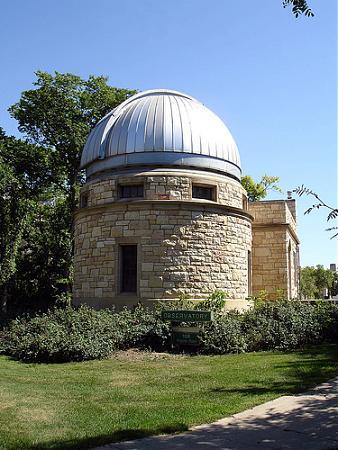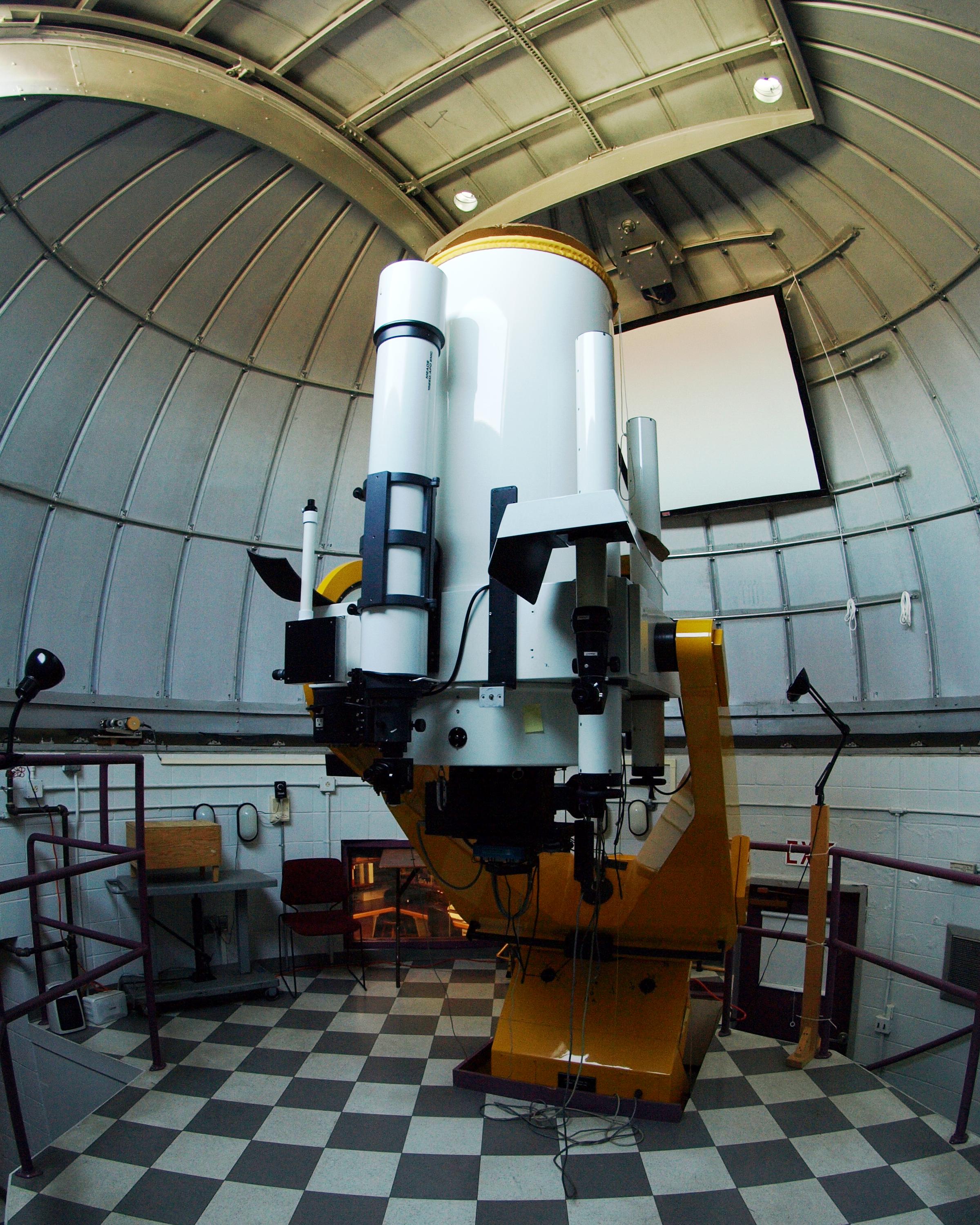

So the data acquisition, and really making the sensors meet requirements.” “To have 16 readout channels and 189 sensors, and to read them all out at the same time.

“For me personally, the biggest challenge has been the sensors,” Reil said. Each of these sensors has 16 channels, so that’s 3,024 channels in total. With such a tremendously high resolution of 3,200 megapixels, the camera’s 189 sensors need to be arranged into an array and tweaked until they reach exacting specifications. Where the Rubin camera is pushing into much more rarely trodden ground is with its sensors.
ASTRONOMICAL OBSERVATORY HOW TO
“It’s hard, but there are companies that know how to make these lenses.” Getting the perfect lenses isn’t even the hardest part of the kind of kit needed for such a telescope. “All of the optics for this observatory - the lenses and the mirrors - they are the sort of thing that take years to create.” “The challenge is, now, instead of one surface for a mirror, you have two surfaces that have to be perfect,” Reil explained. That is even more difficult to achieve than the precision required for telescope mirrors, as both sides of the lens need to be equally polished. There are three lenses to help correct any aberrations in incoming signals, and each one must have a perfectly blemish-free surface. One component of the camera that requires particularly careful manufacturing is the lenses. To achieve this kind of resolution, every element of the camera hardware needs to be designed and manufactured with extreme precision. That kind of resolution would allow you to see a golf ball from 15 miles away.
ASTRONOMICAL OBSERVATORY FULL
To give you a more tangible idea of what 3,200 megapixels would look like, it would take 378 4K TV screens to display one image in full size, according to the SLAC National Accelerator Laboratory, which is constructing the camera.

The biggest difference is in terms of scale: your phone camera might have a resolution of 10 megapixels, but the Rubin camera has a mind-bending 3,200 megapixels. On a basic level, the Rubin camera works the same way as a commercial digital camera like the one in your cell phone - though its technology is actually closer to that of cell phone cameras from five years ago, as it uses a sensor technology called CCD instead of CMOS, because building of the observatory camera started 10 years ago. Rubin Obs/NSF/AURA The world’s largest digital camera One of James Webb’s first targets is Jupiter. Hubble captures an angelic merging of galaxies See the horror of the sun up close from world’s most powerful solar telescope


 0 kommentar(er)
0 kommentar(er)
